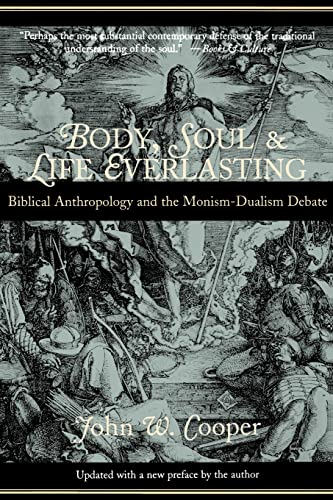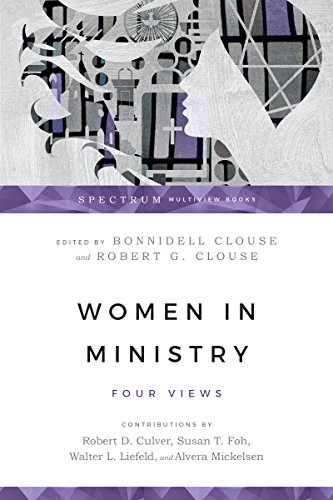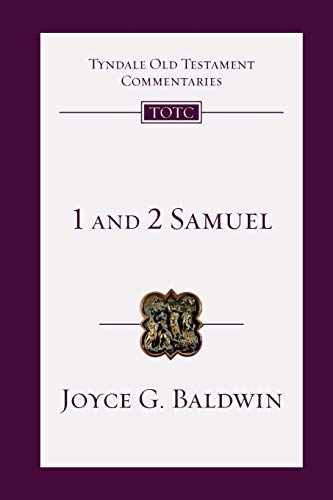A Christian Theological Language
Written by Gerald L. Bray Reviewed By Nigel M. de S. CameronHere are three books tied loosely together by the words ‘religious language’. Each is a good, provoking read, and though one is altogether more substantial than the others in size, they all deserve serious attention, and would stand well together on a reading list.
Gerald Bray is never dull, and this Latimer booklet—despite a lengthy excursus into ‘the five key terms’ in the vocabulary of classical theology (ousia, hyparxis, physis, hypostasis and prosopon), a fascinating study in itself—makes rewarding reading. In addition there are three very helpful sections on current debating-points. First, the adequacy of human language (is it an appropriate vehicle for talking about God?). Secondly, God’s ‘gender’. Dr Bray sheds light on some of the confusions between sexuality and language-gender which pepper theological discussion today. I knew already that in French la personne is a person, male or female, and takes an appropriately female pronoun even if in fact a man. Examples from Italian, Russian and modern Greek were less familiar. Thirdly, Dr Bray addresses the question of cross-cultural communication, and while suggesting that our culture may be less differentiated than is often thought, offers some guidelines on how we should best indigenize Christian thought-forms in cultures that really are alien.
The Bishop of London et al. offer a stout defence of revealed religion against those who wish to tamper with its biblical expression. ‘Nowadays’, they write, ‘it is suggested that in using the Scriptures we must adapt them to suit our culture and our ideas. Likewise it is maintained that we can modify the great images such as Fatherhood, or Sonship, through which God has chosen to reveal himself and which he bids us use in our address to him’ (p. vii). By contrast, biblical Christianity is revealed and its integrity must be maintained. Their main target here is those whose concern for inclusive language has led them to distort the faith. They address the specific question, ‘Is Christ as human being androgynous?’. They are very unhappy with the move to strip out the old inclusive ‘man’ terminology from our language of praise, reiterating the important point that this terminology has been made to look increasingly exclusive by feminists themselves when it was not originally intended so to be (though they acknowledge the chauvinistic abuse to which it has been put). The Anglican context of their discussion leads them to spend three pages on ‘New canticles for use with the ASB’, which will concern some of us more than others.
Brian Wren is best known as a hymn-writer (‘freelance hymn-writer, practical theologian and worship consultant’ says the jacket, as well as URC minister). He offers a stimulating critique of what he calls MAWKI (‘Masculinity As We Know It’)—the macho maleness which has so influenced our culture and, through its profoundly chauvinistic character, helped give birth to ‘feminism’. We may set out on this journey with an enthusiasm which ebbs as Mr Wren seeks to take us further—much further—than this reviewer, for one, would wish to go. But his vision of a sanctified manliness, rid of its MAWKI ness and conformed to the image of Jesus’ own manhood, is powerful and needs to be taken on board by those who remain unconvinced that the radical restructuring of our language and theology is necessary. It is summed up so well in Brian Wren’s own hymn ‘Can a man be kind and caring?’, which opens the discussion with its haunting refrain: ‘Jesus did, and so I can:/I will be a Jesus man.’ There is so much to be learned from the questions which ‘feminism’ has thrown up. A sympathetic reading of Brian Wren’s fine book is to be recommended for those who want to try—not least because it is plainly a book written by a poet, and such books are invariably pleasures to read, however disagreeable their conclusions may be.
Nigel M. de S. Cameron
Deerfield, Illinois







